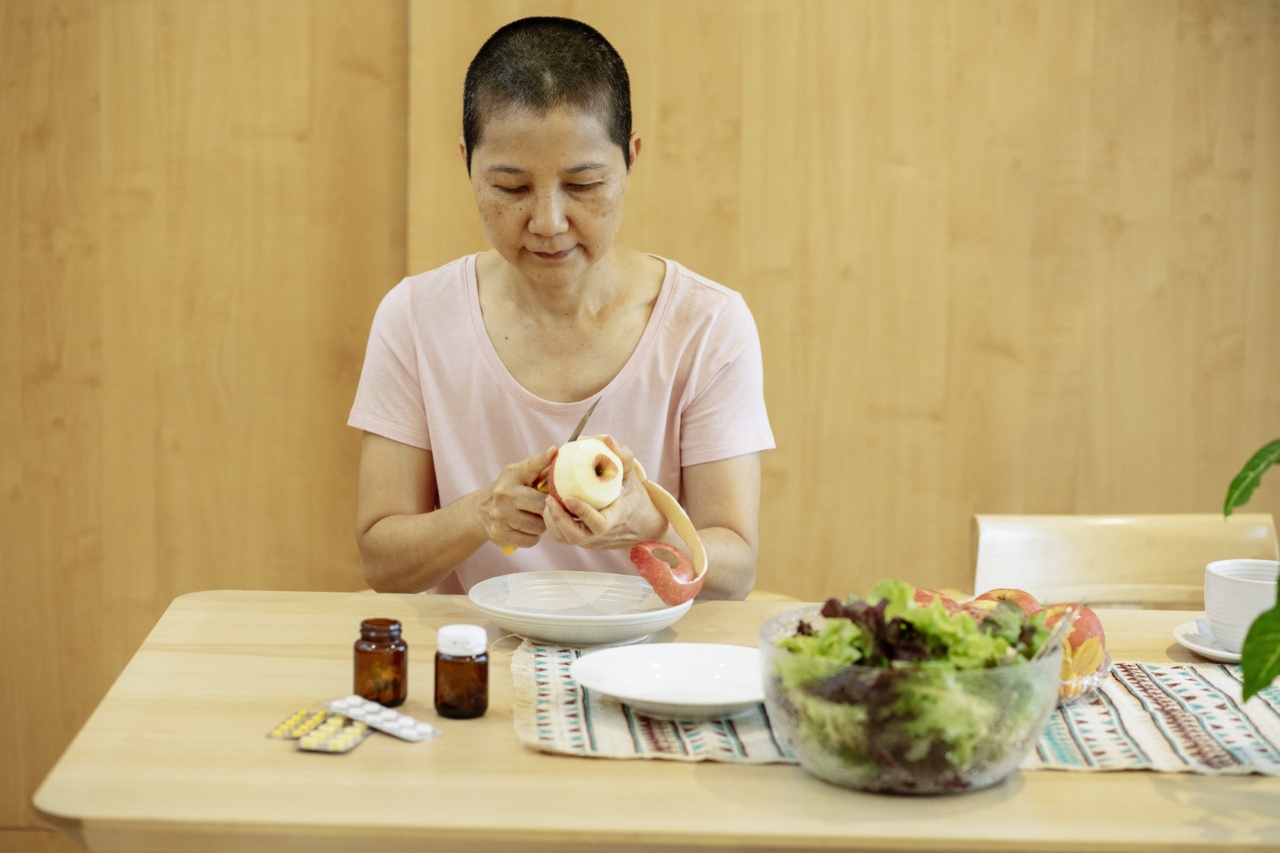Orthodontic cancer is a type of cancer that specifically affects the bones and tissues in the jaw and face region. It is a rare condition, but when diagnosed, it requires prompt medical attention and treatment.
Alongside the various medical interventions, ensuring a proper nutritional intake becomes vital for women with orthodontic cancer. In this article, we will explore the essential nutrients that can support their overall health and well-being during this challenging time.
Vitamin D
Vitamin D plays a crucial role in maintaining bone health. It aids in the absorption of calcium and promotes bone mineralization.
Women with orthodontic cancer may experience bone loss due to the disease or its treatments, making it essential to have sufficient vitamin D levels. Foods rich in vitamin D include fatty fish like salmon and mackerel, fortified dairy products, and egg yolks.
Calcium
Calcium is another vital nutrient for women with orthodontic cancer. It supports bone health and helps prevent osteoporosis, a condition characterized by weakened bones. Dairy products like milk, cheese, and yogurt are excellent sources of calcium.
Additionally, leafy greens, fortified plant-based milks, and tofu can also provide this essential mineral.
Protein
Protein is crucial for tissue repair and the production of enzymes and hormones in the body. During cancer, the body’s protein requirements may increase.
Good sources of protein include lean meats, poultry, fish, dairy products, beans, lentils, and quinoa. It is advisable to consult a healthcare professional or a nutritionist to determine the appropriate protein intake based on individual needs.
Omega-3 Fatty Acids
Omega-3 fatty acids possess anti-inflammatory properties, which can be beneficial for women undergoing orthodontic cancer treatment. These healthy fats are found in fatty fish like salmon and sardines, walnuts, flaxseeds, and chia seeds.
Consuming adequate amounts of omega-3 fatty acids can help manage inflammation and support overall health.
Antioxidants
Antioxidants are compounds that help protect cells from damage caused by free radicals. Certain cancer treatments, such as radiation therapy, can lead to the release of free radicals in the body.
Foods rich in antioxidants, such as berries, tomatoes, dark leafy greens, and nuts, can combat oxidative stress and promote cellular health.
Vitamin C
Vitamin C is essential for wound healing and boosting the immune system. It is also involved in collagen production, which aids in the repair of damaged tissues.
Citrus fruits, strawberries, kiwis, bell peppers, and broccoli are excellent sources of vitamin C.
Zinc
Zinc is vital for the normal functioning of the immune system, and it also plays a role in tissue growth and repair.
Oysters, beef, poultry, beans, nuts, and whole grains are good sources of zinc that can support the overall health of women with orthodontic cancer.
Iron
Iron is essential for the production of red blood cells, which carry oxygen throughout the body. Women with orthodontic cancer may experience anemia, which can be exacerbated by cancer treatments.
Incorporating iron-rich foods such as red meat, poultry, fish, legumes, and dark leafy greens can help combat anemia and maintain optimal iron levels.
B Vitamins
B vitamins, including B6, B12, and folate, are necessary for DNA synthesis, red blood cell production, and nerve function. Chemotherapy and other cancer treatments can sometimes lead to deficiencies in these vitamins.
Foods rich in B vitamins include lean meats, fish, dairy products, dark leafy greens, and fortified cereals.
Fiber
Adequate fiber intake is essential for maintaining healthy digestion and preventing constipation, a common side effect of cancer treatments.
Whole grains, fruits, vegetables, and legumes are excellent sources of dietary fiber that can support digestive health.
Conclusion
While orthodontic cancer presents significant challenges, ensuring proper nutrition can play a vital role in supporting overall health and well-being for affected women.
A balanced diet that includes essential nutrients such as vitamin D, calcium, protein, omega-3 fatty acids, antioxidants, vitamin C, zinc, iron, B vitamins, and fiber can assist in maintaining bone health, managing inflammation, boosting the immune system, aiding tissue repair, and preventing deficiencies. It is advisable for women with orthodontic cancer to consult with healthcare professionals or registered dietitians who can provide personalized dietary recommendations based on their specific needs.





























